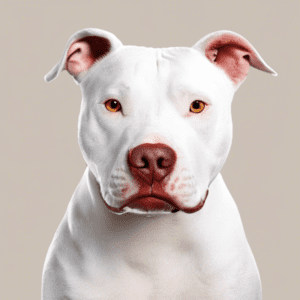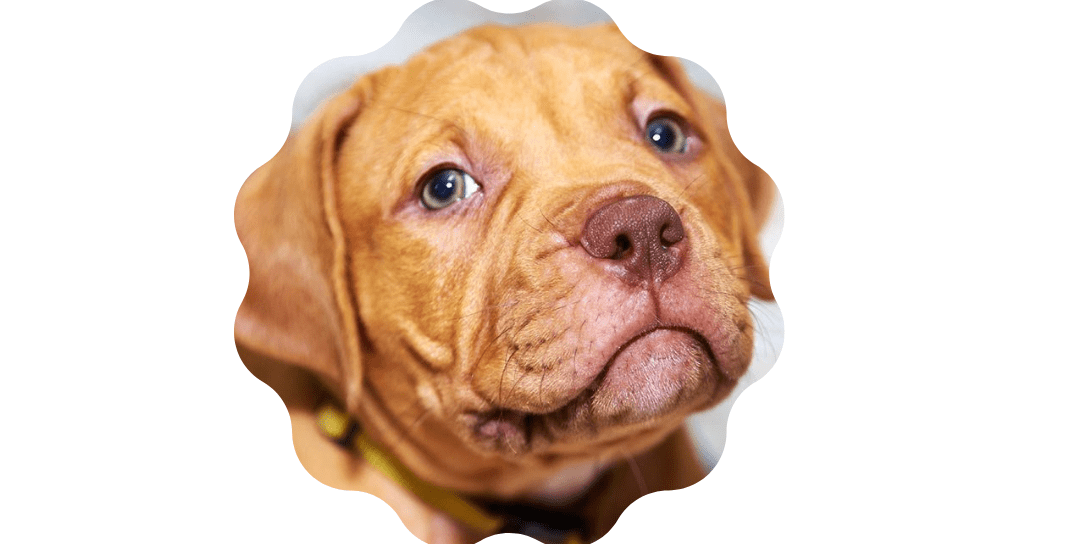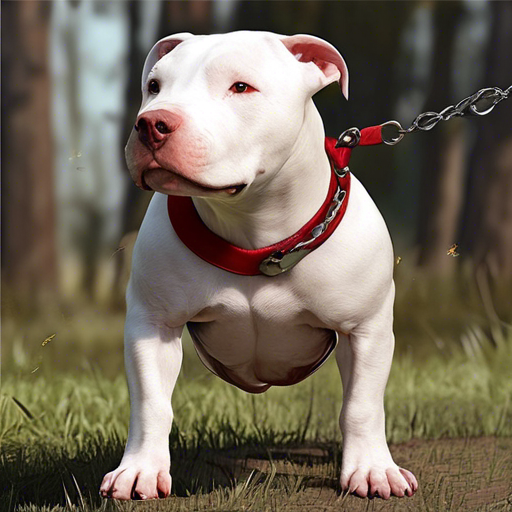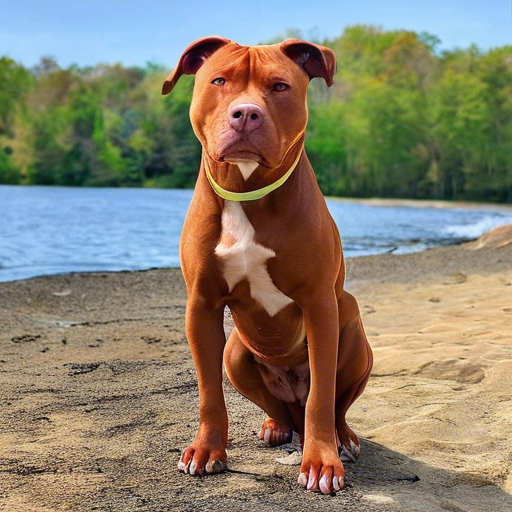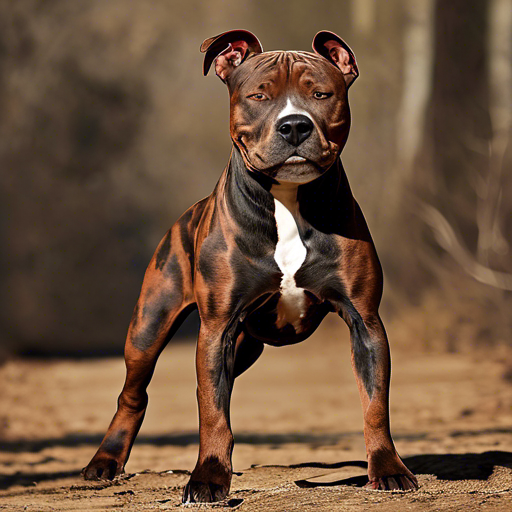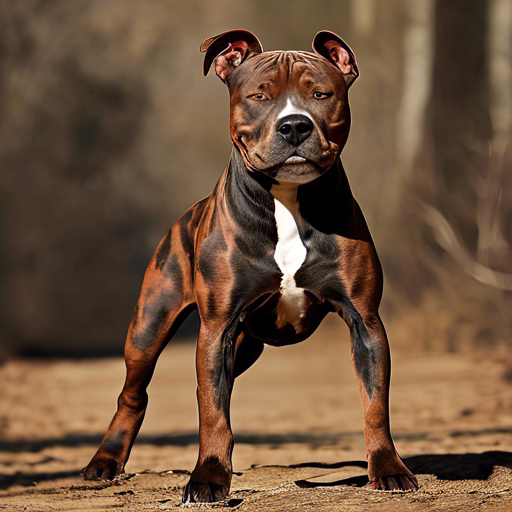Red Nose Pitbull Dog Breed- Temperament
Introduction to Red Nose Pitbulls
You all are familiar with the Pitbull dog breed. Within this category, there exists the Red Nose Pitbull dog breed. Red Nose Pitbull dogs have red noses, hence their name. They are essentially the same as regular Pitbull dogs, with no discernible variations except for their red noses. The temperament of Red Nose Pitbull dogs is similar to that of Pitbulls – they are loving and good with children. However, responsible ownership is crucial for this breed, just as it is for Pitbulls.
Red Nose Pitbulls, often simply referred to as Red Noses, are a specific lineage of American Pitbull Terriers distinguished by their unique reddish-brown noses. Known for their strength, agility, and loyalty, these dogs have gained popularity as family pets and working companions. Understanding their temperament is crucial for anyone considering adding a Red Nose Pitbull to their family.

Understanding Temperament in Dogs
What Shapes Temperament?
A dog’s temperament is shaped by a combination of genetics, environment, and training. While breed tendencies can influence temperament, individual differences exist within each breed.
General Characteristics of Pitbulls
Pitbulls, including the Red Nose variety, are characterized by their muscular build, intelligence, and loyalty. They are known for their affection towards humans and their protective instincts.
Red Nose Pitbull Temperament Traits
Affectionate Nature
Red Nose Pitbulls are renowned for their affectionate nature. They form strong bonds with their owners and are often described as loving and loyal companions.
Loyalty and Protectiveness
These dogs exhibit a high level of loyalty and protectiveness towards their families. They are known to be vigilant watchdogs, alerting their owners to any potential threats.
High Energy Levels
Red Nose Pitbulls possess abundant energy, requiring regular exercise and mental stimulation to keep them happy and healthy. Without proper outlets for their energy, they may become bored or restless.
Intelligence and Trainability
Despite their sometimes stubborn reputation, Red Nose Pitbulls are intelligent and trainable dogs. With consistent, positive reinforcement training, they can learn commands and behaviors quickly.
Socialization Needs
Proper socialization is essential for Red Nose Pitbulls to develop into well-rounded and confident dogs. Early exposure to various people, animals, and environments can help prevent fearfulness or aggression towards unfamiliar stimuli.
Factors Influencing Red Nose Pitbull Temperament
Genetics
While genetics play a significant role in determining temperament, it’s essential to remember that individual variation exists within the breed. Responsible breeding practices can help promote desirable temperament traits.
Upbringing and Environment
The environment in which a Red Nose Pitbull is raised, along with the quality of care and training they receive, greatly influences their temperament. Positive experiences and interactions during puppyhood are crucial for shaping behavior.
Training and Socialization
Consistent, positive reinforcement training and early socialization are key factors in developing a well-behaved Red Nose Pitbull. Training should focus on reinforcing desired behaviors and building trust and respect between the dog and its owner.
Managing Red Nose Pitbull Temperament
Positive Reinforcement Training
Using rewards and praise to reinforce desired behaviors is highly effective with Red Nose Pitbulls. Harsh punishment or negative reinforcement can lead to fear and aggression, undermining the bond between dog and owner.
Exercise and Mental Stimulation
Regular exercise, including walks, playtime, and interactive toys, is essential for keeping Red Nose Pitbulls physically and mentally stimulated. Engaging in activities that challenge their intelligence can prevent boredom and destructive behaviors.
Socialization Opportunities
Providing opportunities for Red Nose Pitbulls to interact with other dogs, people, and environments from a young age helps them develop social skills and confidence. Supervised playdates and obedience classes are excellent ways to facilitate socialization.
Establishing Boundaries
Clear boundaries and consistent rules are important for managing Red Nose Pitbull temperament. Establishing leadership through positive reinforcement training ensures a harmonious relationship between dog and owner.
Common Misconceptions about Red Nose Pitbulls
Despite their loving nature, Red Nose Pitbulls are often misunderstood due to misconceptions perpetuated by media sensationalism. It’s essential to judge individuals based on their behavior rather than stereotypes associated with their breed.
Conclusion
Red Nose Pitbull are affectionate, loyal companions with unique temperament traits shaped by genetics, environment, and training. Understanding and properly managing their temperament is key to fostering a happy and harmonious relationship between these remarkable dogs and their owners.
